We all have our favorite sitcom stars from the golden age of television—those familiar faces who made us laugh week after week during the ’60s, ’70s, and ’80s. But while we were busy enjoying their comedic timing and memorable catchphrases, many of these performers were quietly building impressive careers that extended far beyond the laugh track. Some became serious dramatic actors, others transformed into powerful producers and directors, and a few even conquered entirely different industries, proving that sitcom success was just the beginning of their Hollywood journey.
1. Ron Howard – From Opie Taylor to Oscar-Winning Director
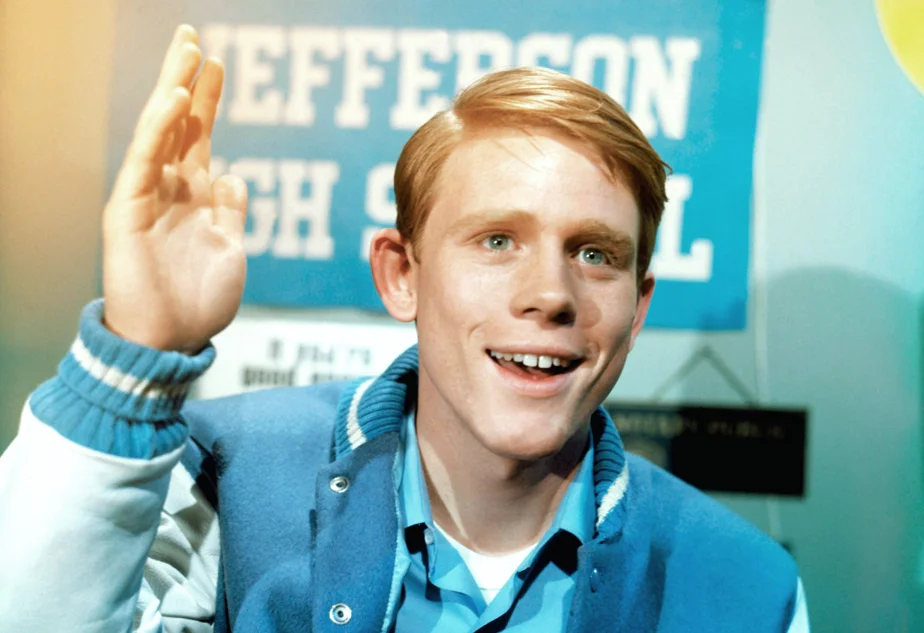
Most people remember Ron Howard as the freckle-faced Opie Taylor on “The Andy Griffith Show” or as Richie Cunningham on “Happy Days,” but his real ambition was always behind the camera. Even while starring in one of TV’s most popular sitcoms, Howard was learning the craft of filmmaking from veteran directors and producers. He made the transition look effortless, but it required years of studying every aspect of production while maintaining his day job as America’s favorite wholesome teenager. According to MeTV, Howard’s transition to directing began sooner than one might think.
Howard’s directorial career took off with “Grand Theft Auto” in 1977, but it was films like “Splash,” “Cocoon,” and “Apollo 13” that established him as one of Hollywood’s most reliable directors. His ability to handle both intimate character studies and big-budget spectacles earned him critical acclaim and commercial success that dwarfed his television fame. When he won the Academy Award for Best Director for “A Beautiful Mind” in 2002, it was the culmination of a career transformation that began while he was still wearing letterman sweaters on television.
2. Danny DeVito – From Taxi Driver to Hollywood Power Player
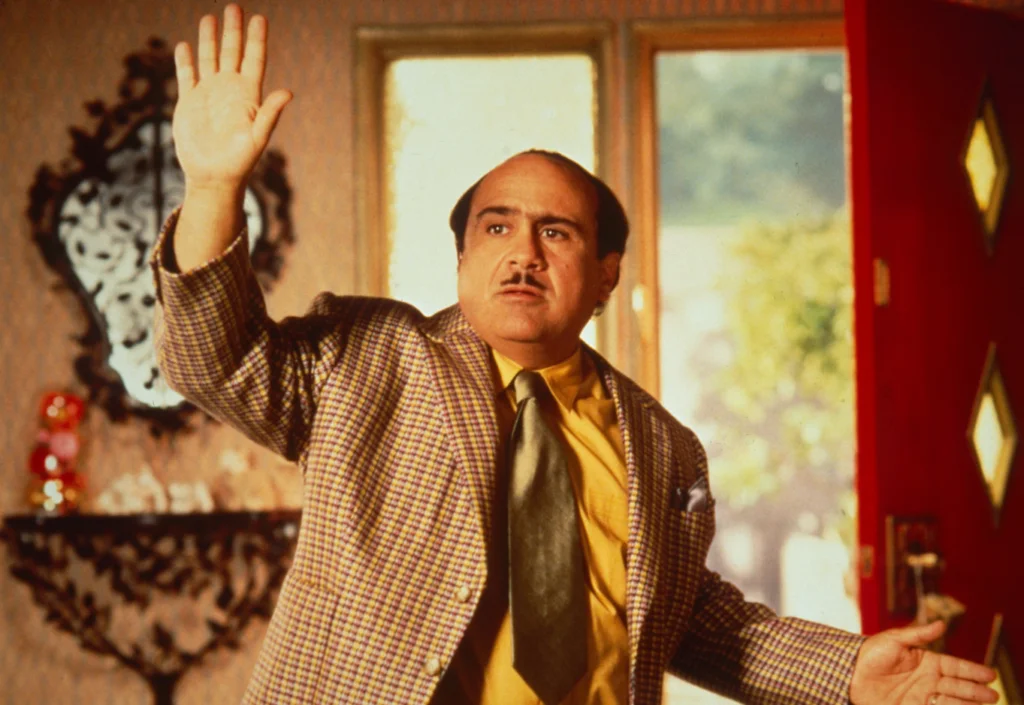
Danny DeVito’s role as the caustic dispatcher Louie De Palma on “Taxi” showcased his acting chops, but few viewers realized he was simultaneously building an empire behind the scenes. While audiences were laughing at his character’s schemes and insults, DeVito was forming Jersey Films, a production company that would become one of Hollywood’s most successful independent studios. His transition from sitcom actor to major producer happened so gradually that most people didn’t notice until he was already a major player. As noted by TVGuide, acting has always been a part of his life, even his personal life.
DeVito’s production credits read like a list of modern classics: “Pulp Fiction,” “Get Shorty,” “Erin Brockovich,” and “Garden State” all bear his fingerprints as a producer. His keen eye for unique projects and unconventional storytelling made Jersey Films a destination for filmmakers who wanted to take creative risks. Meanwhile, his acting career flourished in films like “Batman Returns” and “Matilda,” proving that his “Taxi” success was just the foundation for a much larger career in entertainment.
3. Michael J. Fox – From Family Ties to Cultural Icon
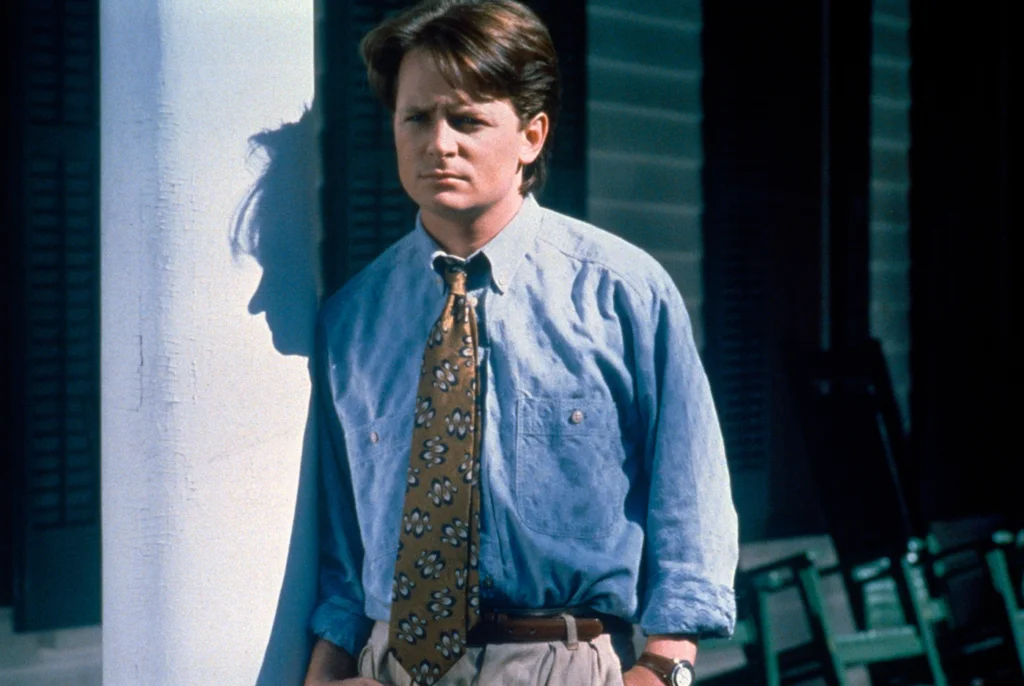
Michael J. Fox’s portrayal of Alex P. Keaton on “Family Ties” made him a household name, but his leap to movie stardom with “Back to the Future” transformed him into a genuine cultural phenomenon. The timing was perfect—his sitcom had established him as a charismatic performer, and the “Back to the Future” trilogy showcased his ability to carry major motion pictures. What seemed like overnight success was actually the result of years of honing his craft on television, where he learned to balance comedy with heart. MedLink Neurology points to his story as one of inspiration and endurance.
Fox’s career trajectory seemed unstoppable as he moved between successful films and his return to television with “Spin City,” where he also served as executive producer. His battle with Parkinson’s disease led him to become one of the most effective advocates for medical research in Hollywood history, founding the Michael J. Fox Foundation. His transformation from sitcom star to cultural icon and philanthropic leader demonstrates how television success can become a platform for much larger contributions to society.
4. George Clooney – From Facts of Life to A-List Movie Star

Before George Clooney became one of Hollywood’s most bankable leading men, he spent years working his way up through television, including a role as handyman George Burnett on “The Facts of Life.” His journey from sitcom supporting player to movie star wasn’t immediate—it took years of guest appearances and smaller roles before he landed the career-defining role of Dr. Doug Ross on “ER.” That medical drama success finally gave him the credibility to transition to films, but his sitcom experience taught him valuable lessons about timing and audience connection.
Clooney’s film career exploded with movies like “Out of Sight,” the “Ocean’s” trilogy, and “Up in the Air,” establishing him as both a serious actor and a charismatic leading man. But his real power in Hollywood comes from his work as a producer and director, with projects like “Good Night, and Good Luck” and “The Ides of March” showcasing his interest in politically charged material. His evolution from sitcom bit player to Oscar winner and respected filmmaker represents one of the most successful career transformations in modern Hollywood.
5. Sally Field – From The Flying Nun to Two-Time Oscar Winner
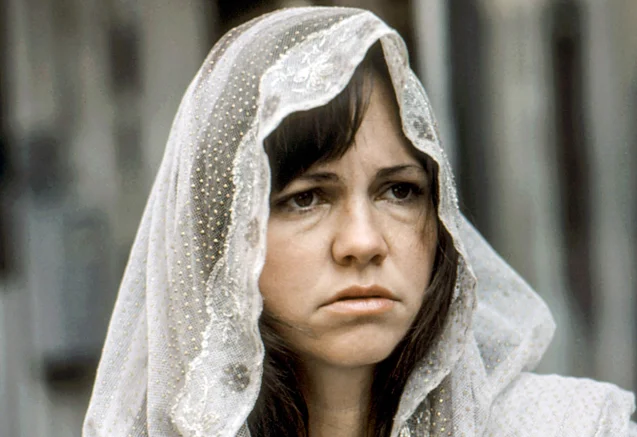
Sally Field’s early career in sitcoms like “Gidget” and “The Flying Nun” typecast her as the wholesome girl-next-door, making her dramatic transformation all the more impressive. Hollywood executives couldn’t see past her comedy background, but Field was determined to prove she could handle serious material. Her breakthrough came with “Sybil,” a made-for-TV movie that showed audiences and critics a completely different side of her abilities, paving the way for her transition to serious dramatic roles.
Field’s persistence paid off with Oscar-winning performances in “Norma Rae” and “Places in the Heart,” roles that couldn’t have been more different from her sitcom persona. Her famous “You like me!” Oscar speech became a cultural touchstone, but it also represented the moment when Hollywood fully accepted her transformation from comedy actress to serious dramatic performer. Later roles in “Steel Magnolias,” “Forrest Gump,” and “Brothers & Sisters” proved that her dramatic success wasn’t a fluke but the result of genuine talent that had been waiting for the right opportunity.
6. John Travolta – From Welcome Back, Kotter to Movie Superstar
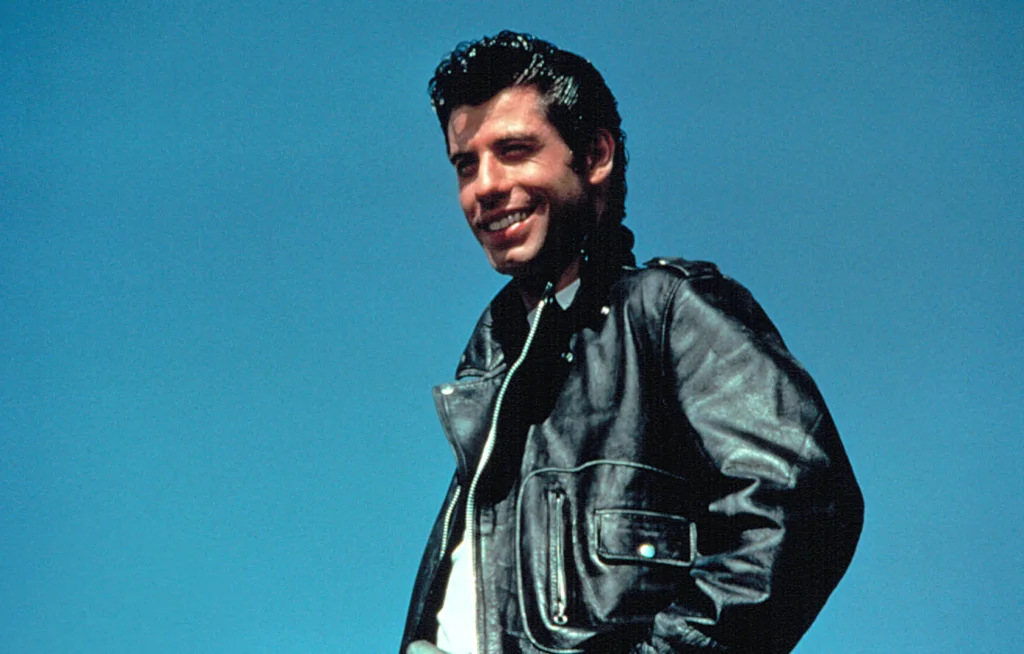
John Travolta’s role as Vinnie Barbarino on “Welcome Back, Kotter” made him a teen heartthrob, but his transition to movie stardom happened faster than almost anyone expected. While still working on the sitcom, he landed the lead role in “Saturday Night Fever,” a film that transformed him from television comedian to serious actor and cultural icon. The movie’s success proved that sitcom stars could carry major motion pictures, opening doors for other television actors to make similar transitions.
Travolta’s career has had more ups and downs than most, from the heights of “Grease” and “Pulp Fiction” to periods when he struggled to find the right projects. But his ability to reinvent himself repeatedly—from disco dancer to romantic lead to comeback king—shows the kind of versatility that his sitcom training provided. His “Pulp Fiction” renaissance in the 1990s reminded everyone that underneath the sitcom pretty boy was a genuinely talented actor who could handle complex, challenging material when given the chance.
7. Ted Danson – From Cheers Bartender to Dramatic Actor
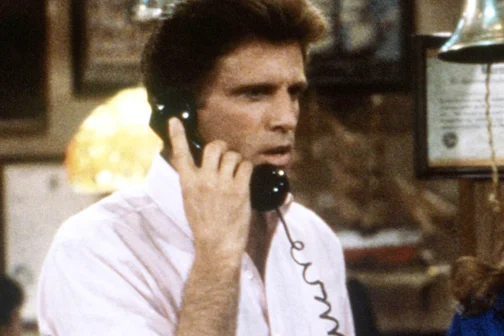
Ted Danson spent eleven years behind the bar at Cheers, creating one of television’s most beloved characters in Sam Malone. But while audiences were enjoying his comedic chemistry with the ensemble cast, Danson was quietly building a reputation as a versatile performer capable of much more than just delivering punchlines. His work on “Cheers” demonstrated impeccable timing and the ability to anchor a series, skills that would serve him well as he expanded his range beyond sitcom boundaries.
After “Cheers” ended, Danson surprised audiences by taking on dramatic roles in films like “Saving Private Ryan” and later starring in HBO’s “Bored to Death” and “The Good Place,” where he played against type as a manipulative demon. His recent work on “Fargo” and other prestige television projects has earned him critical acclaim and proved that his “Cheers” success was just the beginning of a much more diverse career. Danson’s transformation from sitcom star to respected character actor shows how television comedy can be a launching pad for serious dramatic work.
8. Cybill Shepherd – From Moonlighting to Multifaceted Career
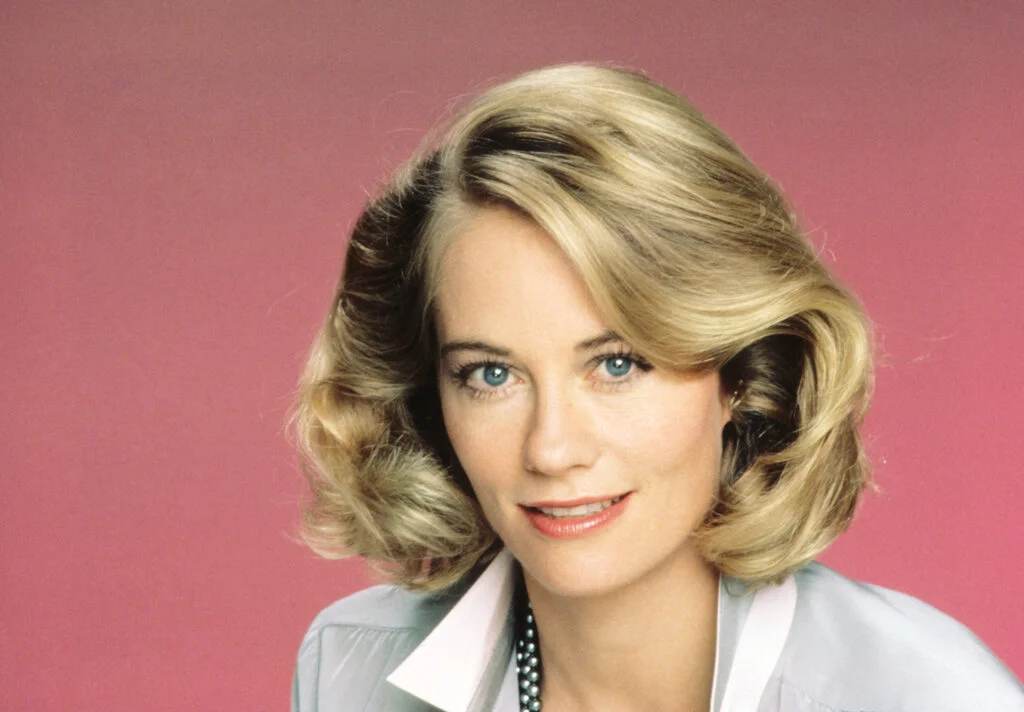
Cybill Shepherd’s chemistry with Bruce Willis on “Moonlighting” made her one of the most popular actresses of the 1980s, but her career ambitions extended far beyond romantic comedy banter. Before her sitcom success, she had already established herself as a serious actress in films like “The Last Picture Show” and “Taxi Driver,” so “Moonlighting” represented a return to lighter material rather than a career beginning. Her television success gave her the clout to pick and choose projects that interested her, leading to a more diverse and satisfying career.
Shepherd used her “Moonlighting” fame to launch her own sitcom, “Cybill,” where she served as executive producer and had creative control over the content. The show tackled issues like aging in Hollywood and women’s rights with a sharp wit that reflected her own experiences in the entertainment industry. Her willingness to speak out about ageism and sexism in Hollywood, combined with her continued work in both television and film, established her as more than just a pretty face—she became a voice for actresses navigating the challenges of sustaining careers in a youth-obsessed industry.
9. Henry Winkler – From The Fonz to Respected Character Actor

Henry Winkler’s portrayal of Arthur “Fonzie” Fonzarelli on “Happy Days” made him one of the most recognizable faces in America, but it also created a typecast problem that took years to overcome. The character was so iconic that audiences and casting directors struggled to see him as anything other than the leather-jacket-wearing cool guy who could start jukeboxes with his fist. Winkler had to work twice as hard to prove he was a serious actor capable of handling diverse roles, a challenge that many sitcom stars face when trying to expand their careers.
Winkler’s persistence paid off with roles in films like “The Waterboy” and later with his Emmy-winning performance as acting coach Gene Cousineau on “Barry.” His work behind the scenes as a producer and director, including the successful “MacGyver” series, showed that his talents extended far beyond acting. His recent renaissance as a character actor has earned him critical acclaim and industry respect, proving that sometimes the best career moves require patience and the willingness to reinvent yourself completely.
10. Shelley Long – From Cheers to Film Career
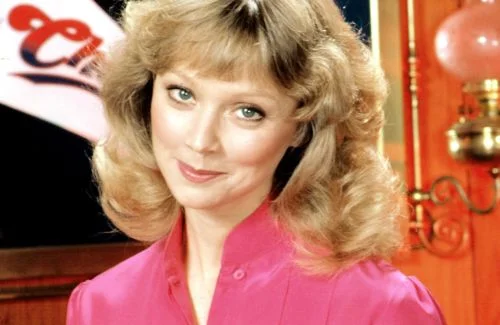
Shelley Long’s decision to leave “Cheers” at the height of its popularity seemed risky at the time, but it reflected her ambition to establish herself as a movie star. Her portrayal of Diane Chambers had showcased her dramatic abilities within a comedy framework, and she wanted to explore more serious roles that would challenge her as an actress. The transition wasn’t easy—her post-“Cheers” films received mixed reviews—but her willingness to take risks demonstrated the kind of artistic integrity that many successful sitcom stars lack.
Long’s career choices after “Cheers” included both comedies like “The Brady Bunch Movie” and more serious dramatic work, showing her range as a performer. While she never achieved the movie stardom she sought, her post-sitcom career proved that she was more than just the uptight barmaid who sparred with Sam Malone. Her work in television movies and guest appearances on various series have kept her active in the industry, and her influence on “Cheers” during its formative years helped establish one of television’s greatest sitcoms.
11. Valerie Harper – From Rhoda to Advocacy and Activism
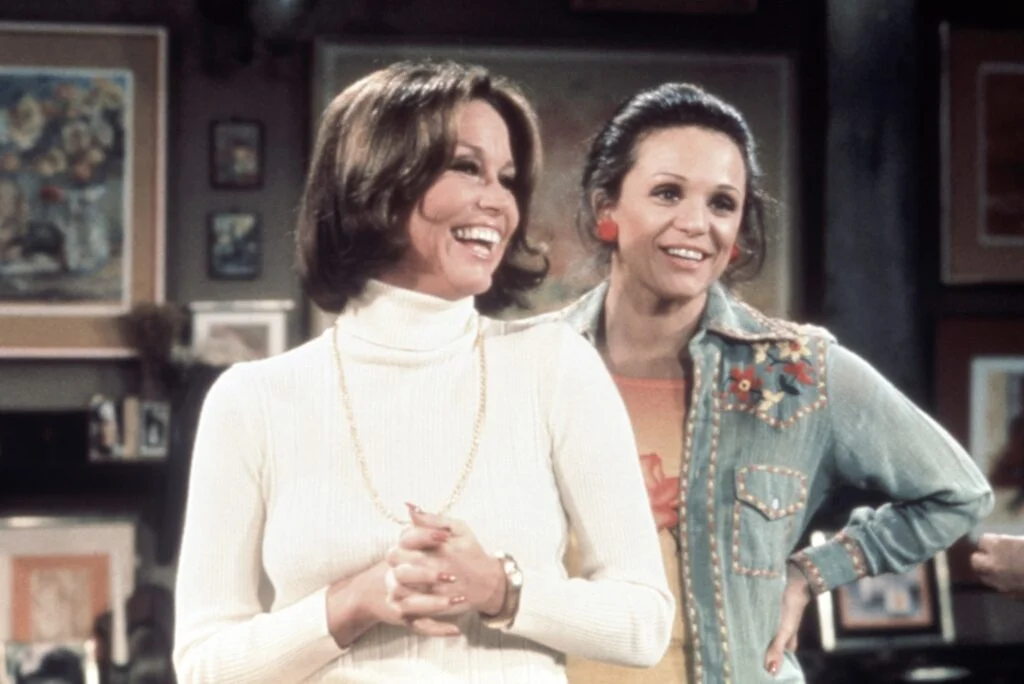
Valerie Harper’s success as Rhoda Morgenstern on “The Mary Tyler Moore Show” and its spinoff “Rhoda” established her as one of television’s most beloved characters, but her real impact came through her work as an advocate for actors’ rights and social causes. Her experience fighting for equal pay and better working conditions during her sitcom years made her a powerful voice for performers’ rights in Hollywood. She used her platform to speak out on issues that affected working actors, becoming more than just an entertainer.
Harper’s later career included dramatic roles that showcased her range beyond comedy, including her Tony-nominated performance in the Broadway play “Looped.” Her public battle with cancer brought attention to health issues affecting performers, and her advocacy work with various charities demonstrated how sitcom success could be leveraged for social good. Her transformation from sitcom star to activist showed that television fame could be used as a platform for meaningful change, inspiring other performers to use their celebrity for causes they believed in.
12. Penny Marshall – From Laverne & Shirley to Groundbreaking Director
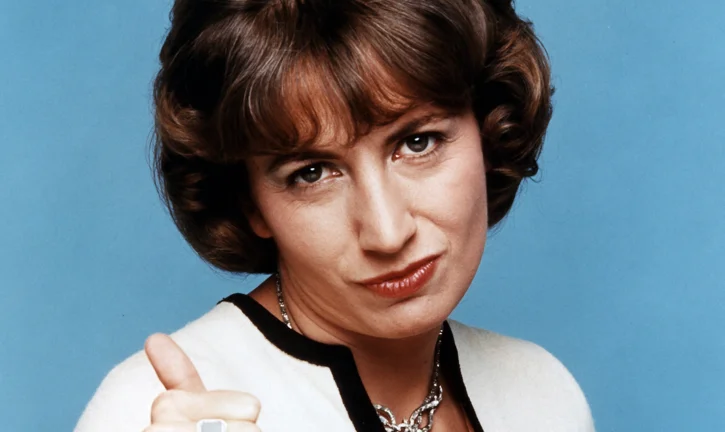
Penny Marshall’s portrayal of Laverne DeFazio made her a household name, but her real ambition was always behind the camera. While starring in one of the most popular sitcoms of the late 1970s, she was learning about production and developing her skills as a director. Her transition from actress to filmmaker wasn’t accidental—it was the result of years of preparation and networking within the industry, using her sitcom platform to gain access to directing opportunities.
Marshall became one of Hollywood’s most successful female directors with films like “Big,” “A League of Their Own,” and “Awakenings,” proving that sitcom stars could master entirely different aspects of filmmaking. She was a pioneer for women directors in an industry that offered few opportunities for female filmmakers, and her success opened doors for others to follow. Her transformation from sitcom actress to respected director represents one of the most significant career changes in entertainment history, showing that television comedy could be a stepping stone to much larger achievements.
13. Bob Newhart – From Sitcom Star to Comedy Legend
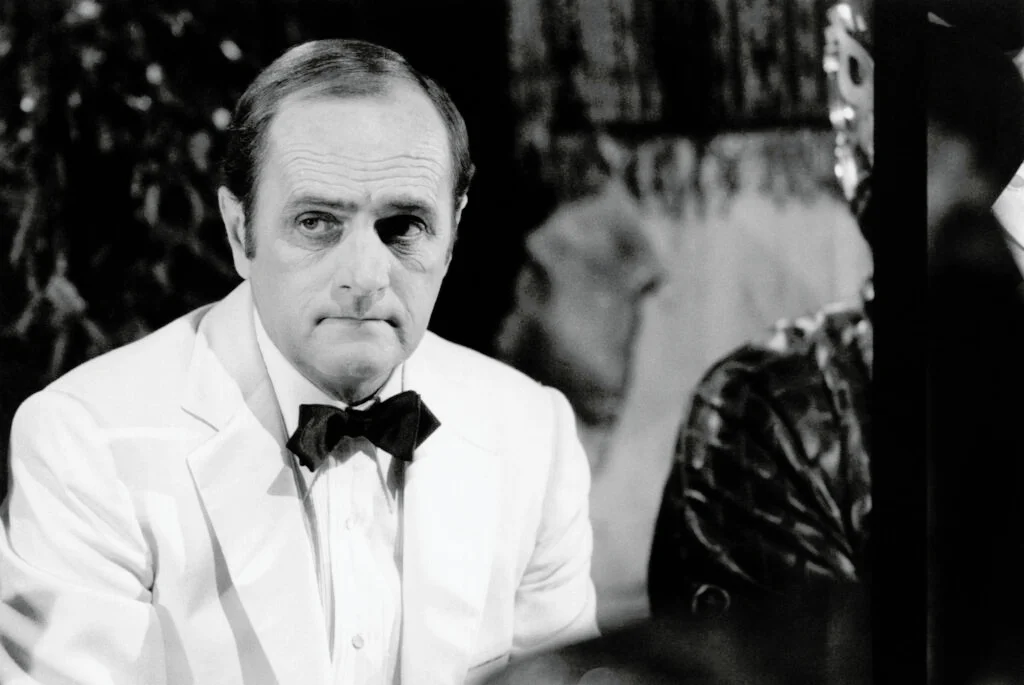
Bob Newhart’s deadpan delivery and neurotic persona made him perfect for sitcom success with “The Bob Newhart Show” and “Newhart,” but his influence on comedy extends far beyond television. His unique style of observational humor and his ability to find comedy in everyday situations influenced generations of comedians and comedy writers. While audiences were enjoying his stammering phone conversations and reactions to absurd situations, Newhart was establishing himself as one of comedy’s most innovative voices.
Newhart’s career longevity is remarkable—he continued working well into his 80s with memorable roles in “The Big Bang Theory” and various films, proving that great comedy never goes out of style. His Grammy-winning comedy albums and his influence on stand-up comedy made him a legend in multiple entertainment mediums. His transformation from sitcom star to comedy icon shows how television success can be the foundation for a lasting legacy that influences entire generations of performers.
These sitcom stars proved that television comedy could be much more than just a career endpoint—it could be the launching pad for even greater achievements in Hollywood and beyond. Their transformations remind us that the most successful entertainers are those who use their initial success as a stepping stone to explore new creative territories, whether that means moving behind the camera, tackling serious dramatic roles, or using their platform to make a difference in the world. The laugh tracks may have faded, but their impact on entertainment and culture continues to resonate decades later.


